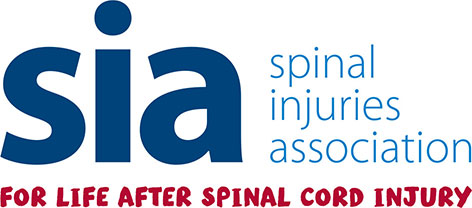As of 29 January 2022, the Highway Code has changed to include a new hierarchy for road users. The aim is to try to improve road safety for the more vulnerable road users, and hopefully protect those more physically at risk should a collision occur.
One group of vulnerable road users identified were horse riders. Of the 1,010 accidents reported to the British Horse Foundation which occurred on the roads in the last year, 80% of them were due to vehicles passing by too closely. The new Highway code means that a larger gap must now be left during overtaking a rider and their horse to try and allow for a safer manoeuvre.
The new Highway Code also focusses on cyclists. Those riding a bicycle are at a much higher chance of suffering serious injuries should they have a collision with a car or any other vehicle.
Over the years, the number of serious injuries and fatalities involving cyclists has continued to increase. This is unsurprising considering how vulnerable a person is on a bike compared to those in a vehicle. The number of cyclists on the road has also been increasing exponentially. When a cyclist is involved in an accident they often suffer multiple serious injuries which can result in a long and difficult recovery. One of the most serious injuries include head and spinal injuries. My colleague, Wioleta Dworak, has previously written about this and you can find her blog here.
Leg Injuries
If a cyclist is involved in an accident, one of the most vulnerable body parts is their legs. Approximately 25% of cyclists involved in accidents suffer injuries to their legs.
This type of injury can range from soft tissue damage to complicated fractures. The treatment required for this type of injury can vary greatly, but certain breaks can require surgery to ensure the broken bone maintains proper alignment during the healing process.
The proper treatment is very important in these types of cases. If not dealt with properly, there is a risk of further complications. These include bone infections from open fractures, malunion of fractures, increased risks of arthritis as well as potential nerve damage.
Pelvic Injuries
Another common injury suffered by cyclists is damage to the pelvis. This is due to the hard contact that is made with the ground if a cyclist falls from or is thrown from their bike. As there is no form of protection, fractures can occur. These injuries, while common, can often be serious.
A pelvic break often requires a period of physiotherapy, the use of crutches or even surgery to correct the damage. The recovery period can take several months which will potentially be very limiting on the type of lifestyle that can be led during this time.
Some pelvic injuries can even be life-threatening. The pelvic structure supports key organs in the body, offering protection to the bladder, intestines, and rectum. When there is a severe break, it makes these organs vulnerable or can even cause damage to the organs themselves. In these instances, it is vital that emergency medical treatment is received.
Increased safety
Hopefully, the implementation of the new Highway Code will increase the safety of those more at risk, as well as increase driver awareness of other road users such as cyclists and horse riders.
It is important that all road users, regardless of how they are travelling, take care and attention to try and limit the risk of harm to others around them. If people adopt the new changes, we should begin to see a decrease in reported incidents, particularly those more exposed to potential danger.
If you or someone you care about has sustained an injury because of an accident, on the road, or otherwise, please contact one of our specialist lawyers for a free no-obligation discussion on 0121 355 0011.









Comments